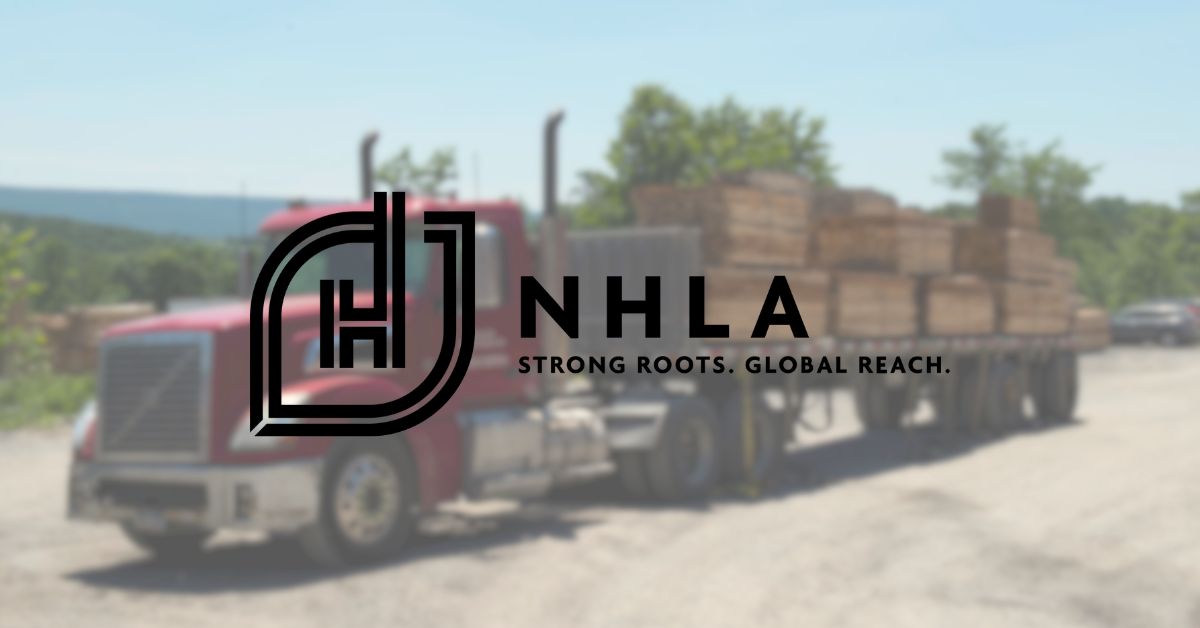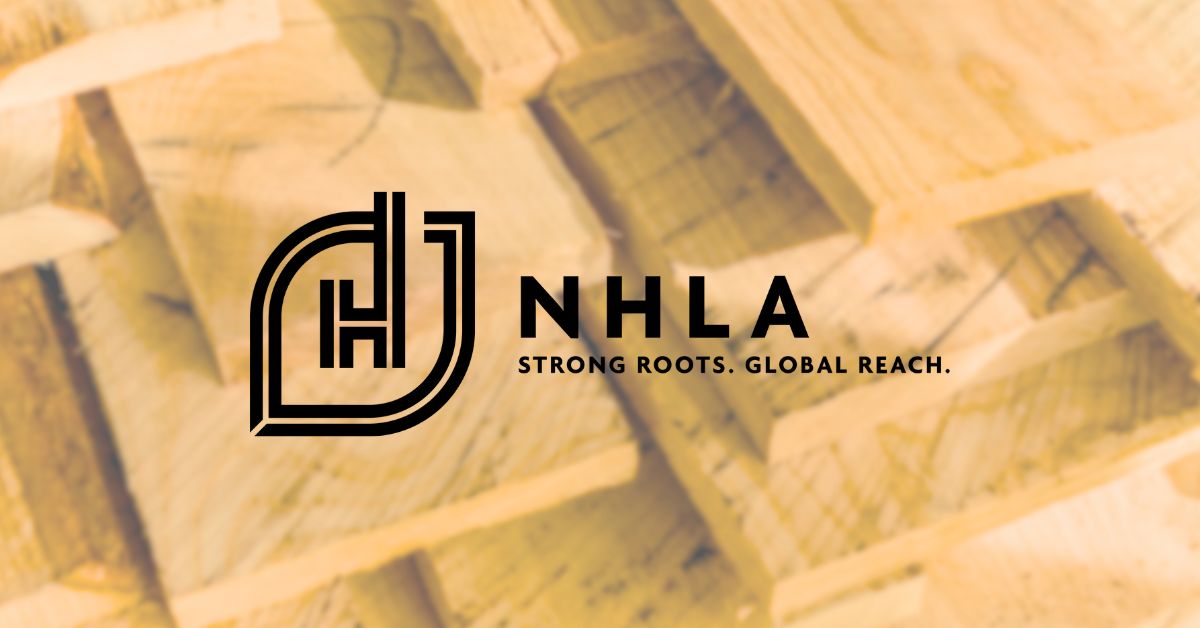Beyond Cartoons and Into the Forest
Many so-called environmentalists—those whose credentials are based more on social movements than expertise—want to protect forests and animals from human impact. They don’t understand that conservation isn’t about keeping everything untouched but involves responsible management. Harvesting trees, managing wildlife, and changing landscapes can improve ecosystems rather than degrade them. Yet, these environmentalists often view forests as static, believing trees, animals, and everything else should live forever in an untouched paradise.
I blame cartoons, personally. When you have seven kids, you watch a lot of them. Kids’ cartoons are altruistic and one-sided. They avoid themes of death and harsh realities, focusing only on “saving.” Nature-based cartoons often portray heroes rescuing animals and forests from humans or other animals. In one episode I watched, a hero saves a small animal from a large carnivore—but they didn’t show the carnivore starving to death afterward. These shows omit the circle of life, emphasizing only the act of saving everything from everything else.
A neighbor recently asked how I liked The Lorax by Dr. Seuss. I replied that it’s a noble book, but it doesn’t teach the basic concept of business: supply and demand. Every business needs a continuous supply to stay afloat, and every business produces what’s in demand to survive. Environmentalists who criticize us should scrutinize their consumption more than our production because, while we plan for long-term sustainability, their demand seems endless. To be fair, I haven’t read the book or seen the movie in years, so maybe I’ve softened a bit over time.
The demand for maintenance-free products—ones that don’t shrink or swell, are cost-effective, and appear eco-friendly—has ironically led to more environmental harm. This consumption mindset, aimed at conserving trees, increases resource depletion instead. These consumers prioritize short-term utility over longevity, without considering the broader environmental impact. Concerns about foreign labor, carbon emissions, and waste disposal are overlooked in favor of saving a tree—a mindset rooted in childhood, when saving everything seems like the ultimate goal.
I once had a young Washington State Department of Natural Resources employee tell me he preferred using metal because it was “zero risk.” I explained that there’s no such thing—everything has an environmental impact. This oversimplified view of conservation, focusing on the elimination of perceived risks, is prevalent even among those in environmental roles. A recent visit to a sawmill revealed a stack of metal chairs in the corner, reminding me that we’re all guilty of falling into these traps.
The truth is, everything requires maintenance. Every material expands and contracts with changing temperatures. Repeatedly buying cheap, disposable products is a false economy compared to investing in something durable. If people truly want to save trees, they should use wood responsibly. But how do we convey this message? Maybe we need a cartoon where wolves kill for sport, bears reject cubs that aren’t their own, and humans cut down trees but plant new ones in their place. It’s absurd, of course—but sometimes it takes a jarring contrast to shake people out of their romanticized views of nature. In the meantime, we can all take action in our own lives. A 2016 study from the Hardwood Federation reports that the hardwood industry employs over 2 million individuals. Following national trends, that gives us close to 700,000 kids (I’ve done my part with seven of them). We can start by educating our children, neighbors, and coworkers on the importance of using wood. By practicing what we preach—choosing solid hardwood over concrete, plastic, steel, and composites—we not only sustain our industry but promote true environmental responsibility.
Dallin Brooks
NHLA Executive Director
[email protected] | 901-377-0182
Share:
Related News & Blog

June 1, 2025

June 1, 2025
Questions?
Have questions or need any assistance regarding the NHLA Annual Convention & Exhibit Showcase?
